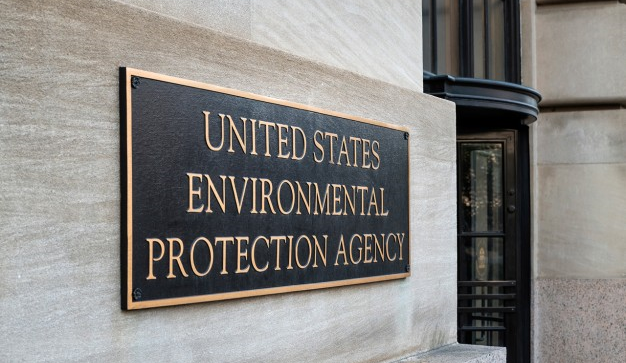The U.S. Environmental Protection Agency released Monday a controversial analyses that rely heavily on industry studies to conclude that glyphosate poses no significant risks to humans.

The EPA review, which ignored the agency’s own guidelines for assessing cancer risks, contradicts a 2015 World Health Organization analysis of published research that determined glyphosate is a probable carcinogen.
Glyphosate is the active ingredient in Monsanto’s Roundup and most widely used pesticide in the world; 300 million pounds of it are used in the U.S. each year.
THE GLYPHOSATE BOX
New: Hair Testing – Find Out Your Long-Term Exposure to Pesticides
Test Yourself for Glyphosate and Join New Glyphosate Biobank
“The only way the EPA could conclude that glyphosate poses no significant risks to human health was to analyze industry studies and ignore its own guidelines when estimating cancer risk,” said Nathan Donley, a senior scientist at the Center for Biological Diversity. “The EPA’s biased assessment falls short of the most basic standards of independent research and fails to give Americans an accurate picture of the risks posed by glyphosate use.”
A federal advisory panel of independent scientists unanimously found earlier this year that in assessing glyphosate the pesticides office at the EPA failed to follow its own guidelines for determining whether a chemical can cause cancer. In the final draft released today, the EPA stated that the guidelines “… are intended as a guidance only …” and do not necessarily have to be followed.
Scientists typically use previously agreed upon guidelines to prevent biases from swaying the analysis in one direction or another.
The chair of the EPA’s Cancer Assessment Review Committee, Jess Rowland, resigned in 2015 amid controversy. Emails obtained in litigation brought against Monsanto by cancer victims and their families uncovered a disturbingly cozy relationship between the EPA and Monsanto on matters involving the glyphosate risk assessment.
In one example, when the U.S. Department of Health and Human Services announced that it would be reviewing glyphosate’s safety, Rowland assured Monsanto officials he would work to thwart the review, saying, “If I can kill this, I should get a medal.” The Health and Human Services review was never conducted.
In addition to evaluating the risks of glyphosate to human health, the EPA also analyzed risks to plants and animals and found that serious harms could result from using glyphosate, including that exposure from spray drift could harm the growth and reproduction of birds and mammals. It also found that exposure to small mammals exceeded by 10-fold the agency’s level of concern, the exposure level known to cause harm.
In its analysis of harms to plants and animals, the EPA’s assessment included only four paragraphs on harms to the imperiled monarch butterfly. But it concluded that field buffers up to 600 feet would be needed to prevent harm to milkweed, the sole host plant for monarch caterpillars.
Migratory monarch populations have declined by 80 percent in the past two decades, and their decline has been driven in large part by the surge in glyphosate use resulting from the widespread planting of corn and soybeans crops genetically engineered to tolerate glyphosate. Glyphosate is a potent killer of milkweed. The dramatic surge in the glyphosate use has virtually wiped out milkweed plants in the Midwest’s corn and soybean fields.
There are currently no field buffers in place to protect milkweed and monarchs from glyphosate.














